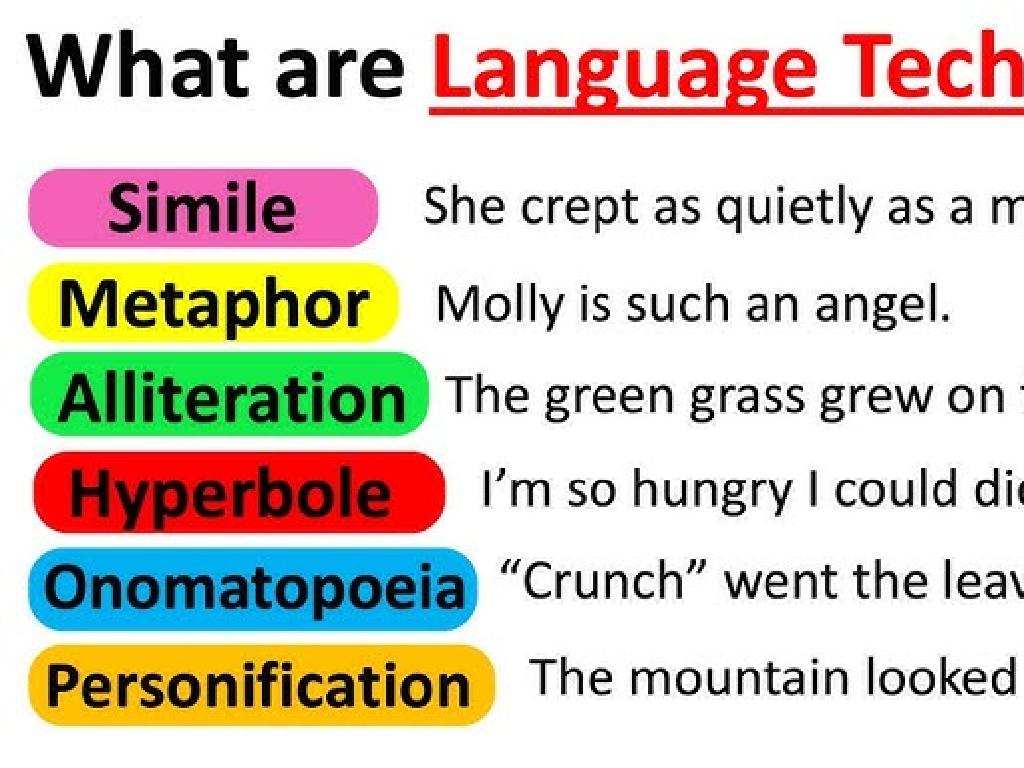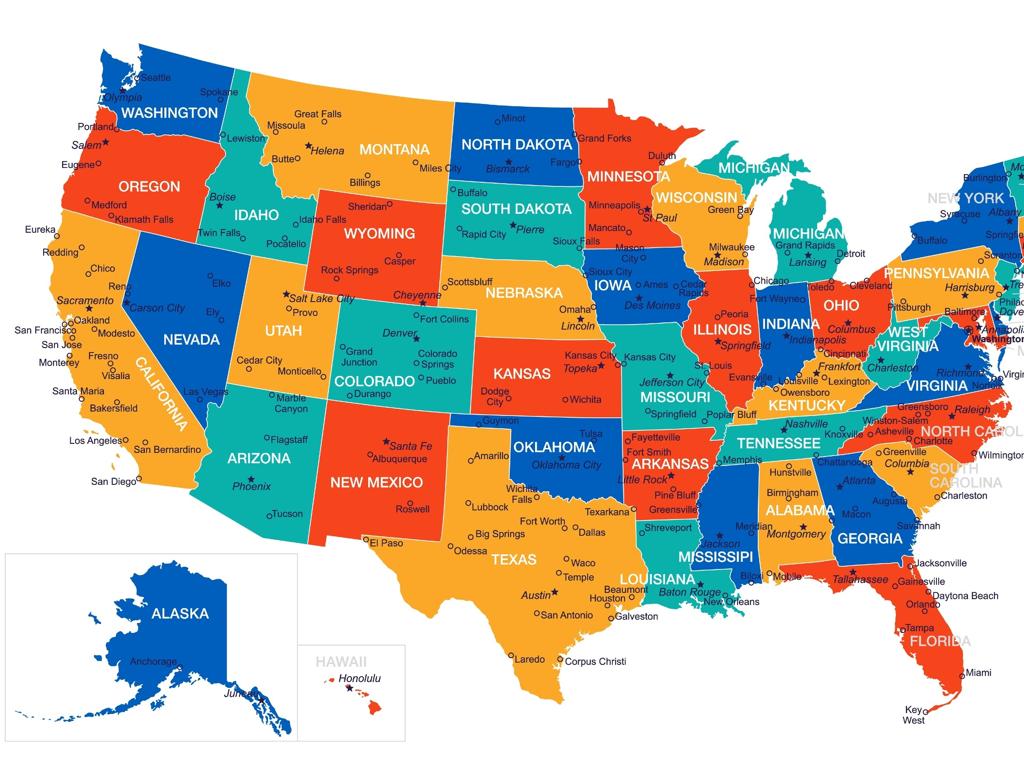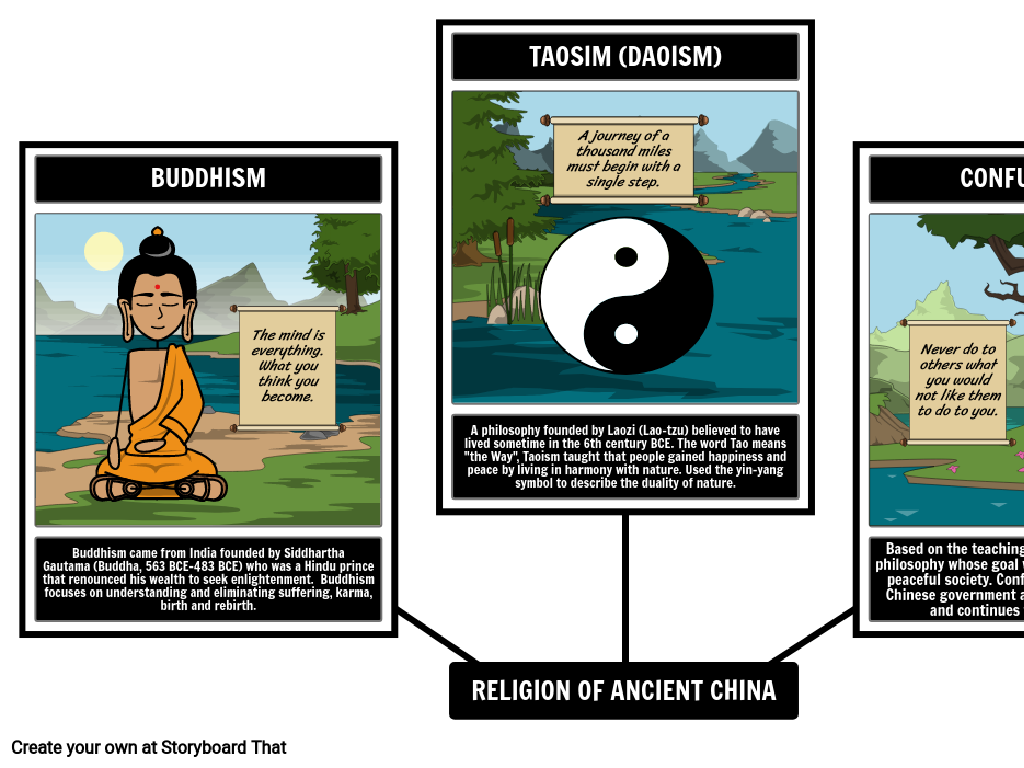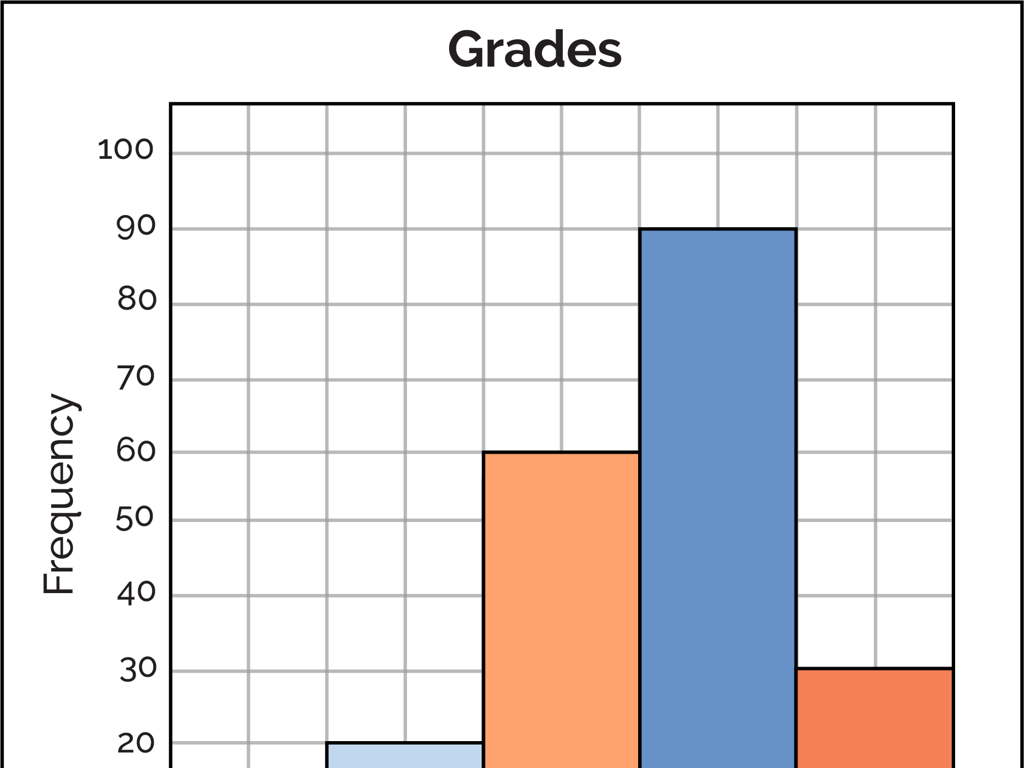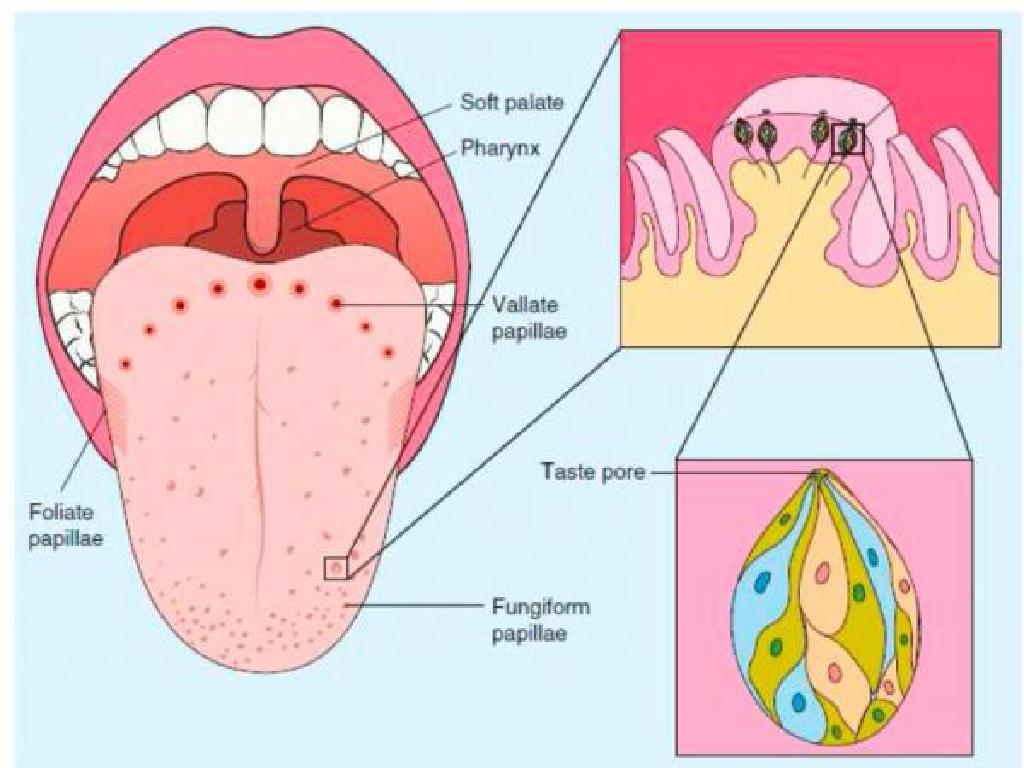Renaissance Origins
Subject: Social studies
Grade: Seventh grade
Topic: Early Modern Europe
Please LOG IN to download the presentation. Access is available to registered users only.
View More Content
Welcome to the Renaissance!
– Exploring the Renaissance era
– A cultural rebirth from the 14th to the 17th century
– Early Modern Europe overview
– Transition from the Middle Ages to modernity
– Significance of the Renaissance
– Marked the revival of art, education, and critical thinking
– Impact on art, science, and culture
– Pioneered new techniques and perspectives in various fields
|
The Renaissance was a pivotal period in history, marking the transition from the Middle Ages to modernity. It was characterized by a renewed interest in the classical art, literature, and thought of Ancient Greece and Rome. This era saw significant developments in art, science, and culture, which have shaped the modern world. The Renaissance encouraged a spirit of inquiry and innovation, leading to groundbreaking discoveries and masterpieces. In this lesson, students will learn about the origins and effects of the Renaissance, understanding why it remains a significant period in history. Encourage students to think about how the Renaissance might have influenced our society today and to identify elements from that era that are still present in current times.
Exploring the Renaissance
– Meaning of ‘Renaissance’
– ‘Renaissance’ means ‘rebirth’ or ‘revival’
– Renaissance: A cultural ‘rebirth’
– Revival of interest in classical art and learning
– Transition from Middle Ages
– It marks the shift to modern history
– Impact on art and learning
– Innovations in painting, sculpture, and science
|
The term ‘Renaissance’ is derived from the French word for ‘rebirth,’ reflecting the period’s revival of interest in the classical art and intellectual achievements of ancient Greece and Rome. This era is often viewed as a bridge between the Middle Ages and modern history, marking a significant shift in cultural, artistic, and educational practices. The Renaissance had a profound impact on art, with the introduction of techniques like perspective, and on learning, with a renewed interest in science and exploration. Encourage students to think about how this period might have felt like a time of great change and new beginnings.
Origins of the Renaissance
– Renaissance begins in Italy
– Italy’s unique cities sparked innovation and creativity.
– Florence: Birthplace of Renaissance
– Florence’s wealth and patronage fostered art and learning.
– Medici family’s significant role
– The Medici’s funded artists, contributing to the era’s splendor.
– Cultural rebirth of Europe
|
The Renaissance was a period of great cultural change and achievement that began in Italy during the 14th century. Italy’s city-states, such as Florence, were centers of trade and wealth, which allowed the arts and sciences to flourish. The Medici family, as prominent bankers and patrons, played a crucial role in supporting artists and intellectuals, leading to an unprecedented era of creativity and learning. This period marked the transition from the Middle Ages to the modern age, and its influence spread throughout Europe. Encourage students to explore how the Renaissance changed society’s view of art, science, and the world itself.
The Rise of Humanism in the Renaissance
– Exploring Humanism philosophy
– Emphasis on human potential and achievements
– Humanism’s impact on culture
– Shift from medieval to modern in arts and sciences
– Notable Humanist thinkers
– Figures like Erasmus, More, and Petrarch
– Contributions to society
– Ideas led to changes in literature, education, and politics
|
Humanism was a Renaissance cultural movement that turned away from medieval scholasticism and revived interest in ancient Greek and Roman thought. It placed a high value on human dignity, potential, and achievements. Humanism greatly influenced the culture of the time, leading to a shift in thought that affected literature, art, and the sciences, paving the way for the modern world. Famous Humanist thinkers such as Erasmus of Rotterdam, Thomas More, and Francesco Petrarch contributed significantly to literature, education, and political thought. Their works challenged the status quo and encouraged a new way of thinking about the individual’s role in society. As students learn about these contributions, encourage them to think about how these ideas continue to influence our world today.
Renaissance Art and Artists
– Defining Renaissance art characteristics
– Balance, perspective, and realism defined the new art style
– Innovations in painting & sculpture
– Use of light & shadow, oil paints, and lifelike sculptures
– Exploring da Vinci, Michelangelo, Raphael
– Masters of art who exemplified Renaissance ideals in their work
– Impact on modern art
|
This slide aims to introduce students to the transformative period of the Renaissance in art, highlighting the shift towards realism and humanism. Discuss the key characteristics of Renaissance art, such as the use of perspective, which created a sense of depth, and the emphasis on balance and proportion. Highlight innovations like chiaroscuro (light and shadow) and the introduction of oil paints, which allowed for more vivid colors and detailed textures. Focus on the works of Leonardo da Vinci, Michelangelo, and Raphael as prime examples of Renaissance mastery, and encourage students to consider how these artists’ contributions continue to influence modern art. Provide visual examples if possible, and prepare to discuss how these artists’ works contrast with art from previous periods.
Renaissance Beyond Italy: Northern Expansion
– Spread to Northern Europe
Trade, travel, and education helped spread ideas.
– Italian vs Northern Renaissance
Italian art focused on antiquity, while the North emphasized domestic scenes and portraits.
– Notable Northern figures
Albrecht Dürer, Jan van Eyck, and Desiderius Erasmus were key figures.
– Impact on European culture
|
This slide explores the Renaissance as it moved beyond Italy into Northern Europe, highlighting the factors that contributed to its spread, such as increased trade, the advent of the printing press, and the movement of scholars. It’s important to discuss the differences between the Italian Renaissance, with its focus on classical antiquity and humanism, and the Northern Renaissance, which often incorporated more gothic elements and detailed realism in art. Notable figures like Albrecht Dürer brought Renaissance techniques to engraving, while Jan van Eyck advanced oil painting. Desiderius Erasmus, a Dutch philosopher, played a crucial role in shaping humanist thought. The impact of these figures and the spread of Renaissance ideas significantly influenced European culture, setting the stage for the modern age. Encourage students to think about how ideas spread across cultures and the lasting effects of these movements.
Impact of the Renaissance
– Societal changes from the Renaissance
– Shifts in art, science, and humanism
– Renaissance influence on modern realms
– Shaped contemporary education, governance, and cultural norms
– Renaissance’s enduring legacy
– Renaissance ideas still resonate in modern times
|
This slide aims to explore the profound impact of the Renaissance on society, both historically and in contemporary times. Discuss how the Renaissance marked a shift in various aspects of society, including art, with the birth of realism, and science, with the move towards observation and experimentation. Highlight how humanism changed the way people viewed themselves and their potential. Explain how the Renaissance has influenced modern education systems, politics, and culture, laying the foundations for modern Western society. Emphasize the legacy of the Renaissance that continues to be evident in today’s world, such as the continued appreciation for Renaissance art and the ongoing influence of Renaissance humanism on our philosophical and cultural discussions. Encourage students to think of examples of how the Renaissance might still be relevant in their own lives and in the society they observe today.
Class Activity: Renaissance Fair
– Organize a class Renaissance fair
– Represent a Renaissance figure/concept
– Choose a notable figure like da Vinci or a concept like humanism
– Present on Renaissance contributions
– Engage in discussions
– Share ideas on how the Renaissance changed the world
|
This class activity aims to immerse students in the culture and history of the Renaissance. Each student will select a historical figure or a key concept from the Renaissance period to represent. They will research their chosen subject and prepare a short presentation to share with the class. Possible figures include Leonardo da Vinci, Michelangelo, or Galileo; concepts might be humanism, scientific inquiry, or Renaissance art. Encourage students to dress up as their figure or create visual aids to represent their concept. After presentations, facilitate a class discussion on the impact of the Renaissance on modern society. This activity will help students better understand the era’s contributions to art, science, and culture.

